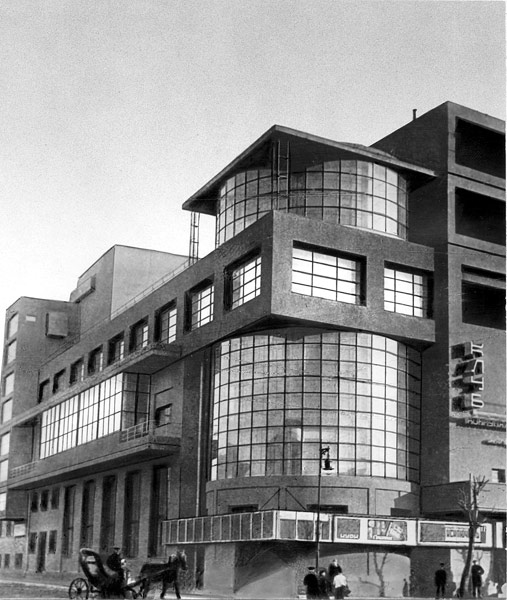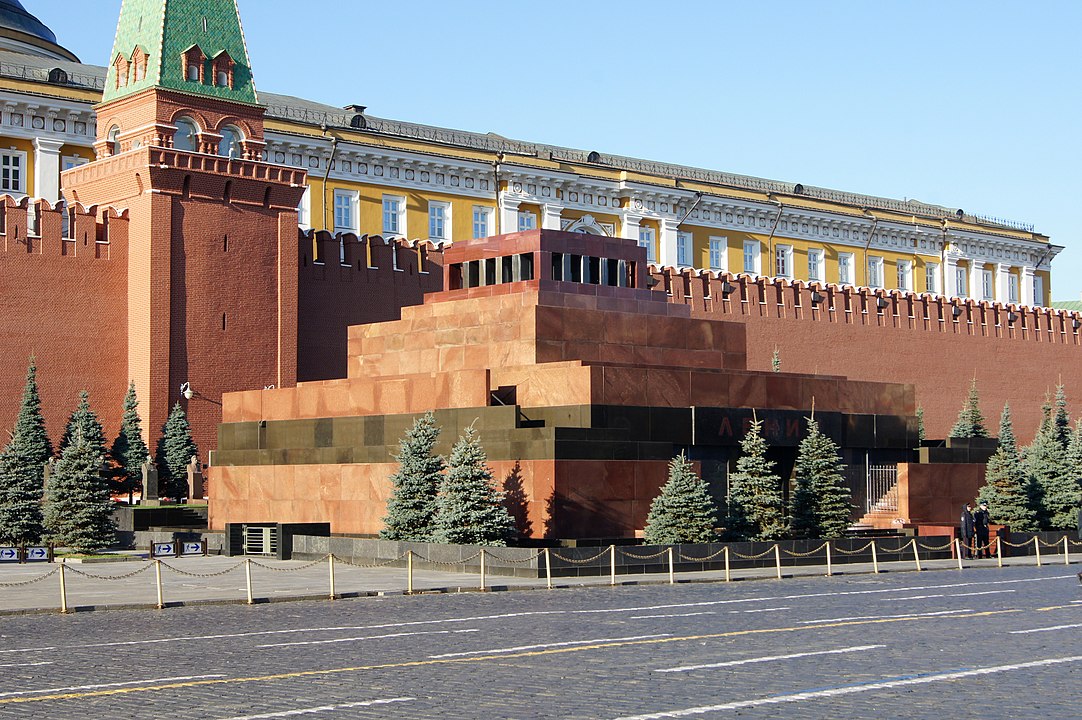
Lenin’s Mausoleum
Soviet Period Architecture (1917-1991)
- Constructivism (1920s-1930s)
- Characteristics: Focused on functionality, minimalism, and modern materials like concrete, steel, and glass. Buildings often featured geometric shapes and an absence of decorative elements.
- Notable Examples:
- Narkomfin Building (Moscow, 1928-1932): Designed by Moisei Ginzburg and Ignaty Milinis, this residential building is a prime example of Constructivist principles.
- Shukhov Tower (Moscow, 1922): Designed by Vladimir Shukhov, this radio tower is notable for its hyperboloid structure.
- Stalinist Architecture (1933-1955)
- Characteristics: Also known as Socialist Classicism, this style combined classical forms with monumental and grandiose designs. Emphasis was on creating an image of power and stability.
- Notable Examples:
- Moscow Metro (1935-present): The metro stations are famous for their opulent and elaborate designs, featuring marble columns, mosaics, and chandeliers.
- Seven Sisters (Moscow, 1947-1953): A group of skyscrapers that blend Russian Baroque and Gothic styles, designed to showcase Soviet power and prestige.
- Khrushchyovka (1950s-1960s)
- Characteristics: Named after Nikita Khrushchev, these were simple, prefabricated apartment buildings designed to alleviate housing shortages. They were practical, affordable, and quickly constructed but often criticized for their lack of aesthetic appeal.
- Notable Examples:
- These buildings are ubiquitous in Russian cities and towns, with millions of units built during this period.
- Brutalism (1960s-1980s)
- Characteristics: Known for its massive, block-like structures made of raw concrete, Brutalism was popular for public buildings, educational institutions, and government facilities.
- Notable Examples:
- Palace of Soviets (Moscow, 1931-1937, unbuilt): Intended to be the tallest building in the world, this ambitious project was never completed.
- Hotel Russia (Moscow, 1967-2006): Once the largest hotel in the world, it epitomized the Brutalist style.
- Post-Soviet Modernism (1991-present)
- Characteristics: After the dissolution of the Soviet Union, Russian architecture began to embrace a variety of styles, blending modernism with traditional elements. There is a greater emphasis on aesthetics, functionality, and integration with the urban environment.
- Notable Examples:
- Federation Tower (Moscow, 2003-2017): Part of the Moscow International Business Center, this skyscraper complex features contemporary design and state-of-the-art technology.
- Moscow School of Management Skolkovo (Moscow, 2006-2010): Designed by David Adjaye, this innovative campus combines modernist principles with eco-friendly design.
- Neo-Russian and Revivalist Styles
- Characteristics: There is a resurgence of interest in traditional Russian architectural styles, incorporating elements of Byzantine, medieval, and classical Russian designs into modern structures.
- Notable Examples:
- Cathedral of Christ the Saviour (Moscow, 1995-2000): Rebuilt after being demolished in 1931, this cathedral is a symbol of the revival of Russian Orthodoxy and traditional architecture.
- High-Tech and Futuristic Architecture
- Characteristics: Contemporary Russian architecture often features cutting-edge technology, innovative materials, and futuristic designs, especially in major urban centers.
- Notable Examples:
- Lakhta Center (St. Petersburg, 2012-2018): The tallest building in Russia and Europe, this skyscraper is an example of high-tech architecture with its sleek, aerodynamic design.
Bakhmetevsky Bus Garage
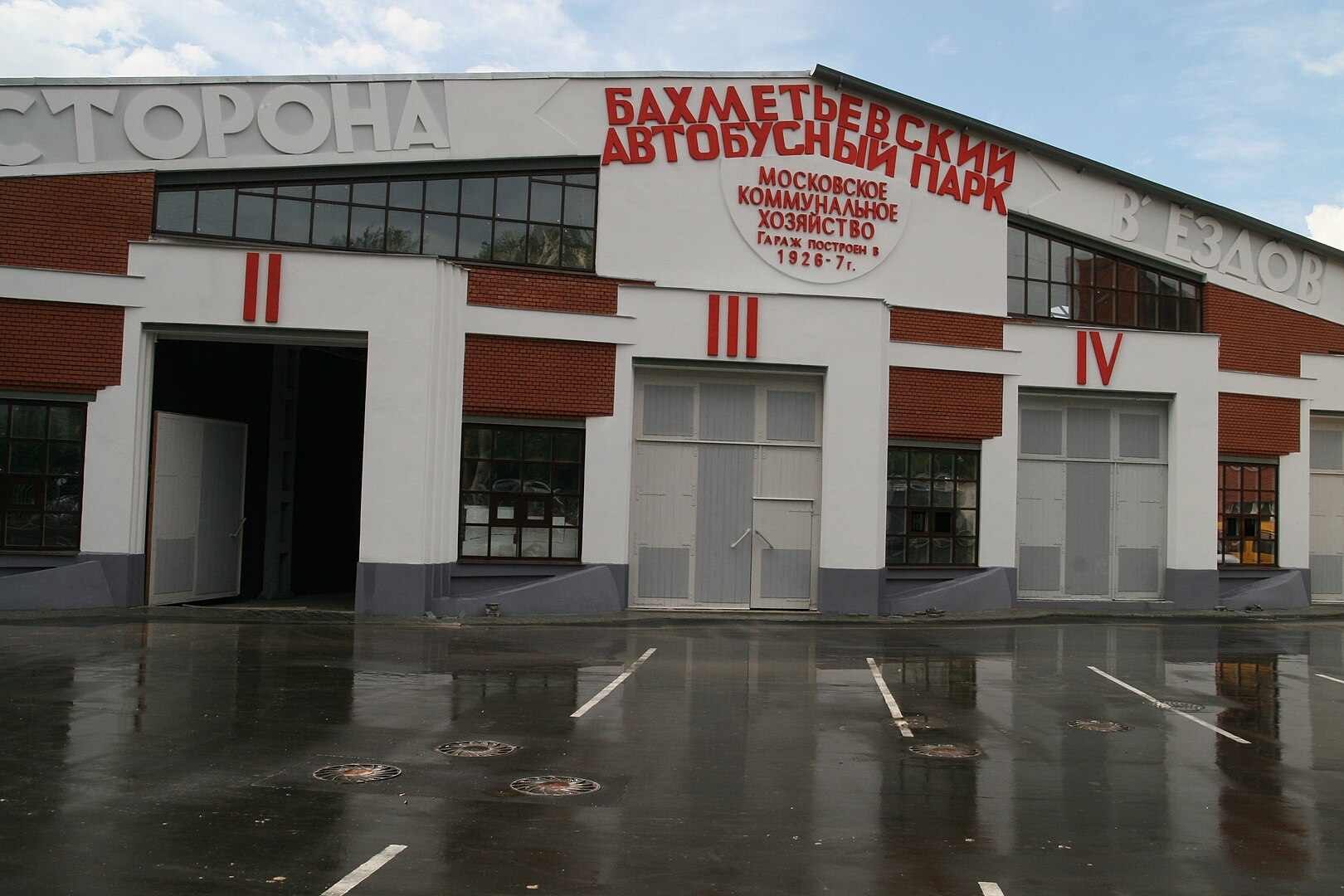
Central Post Office
Ekaterinburg
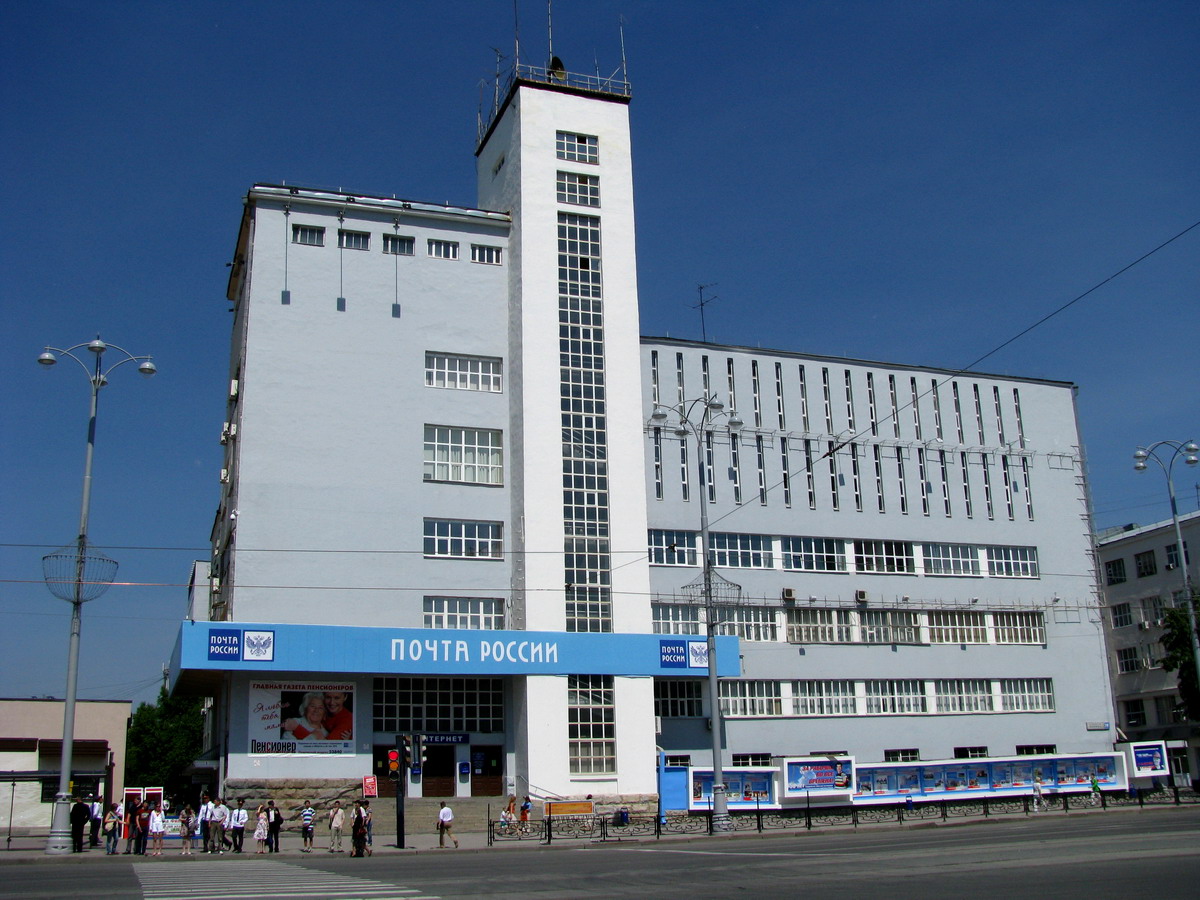
Dimano Building
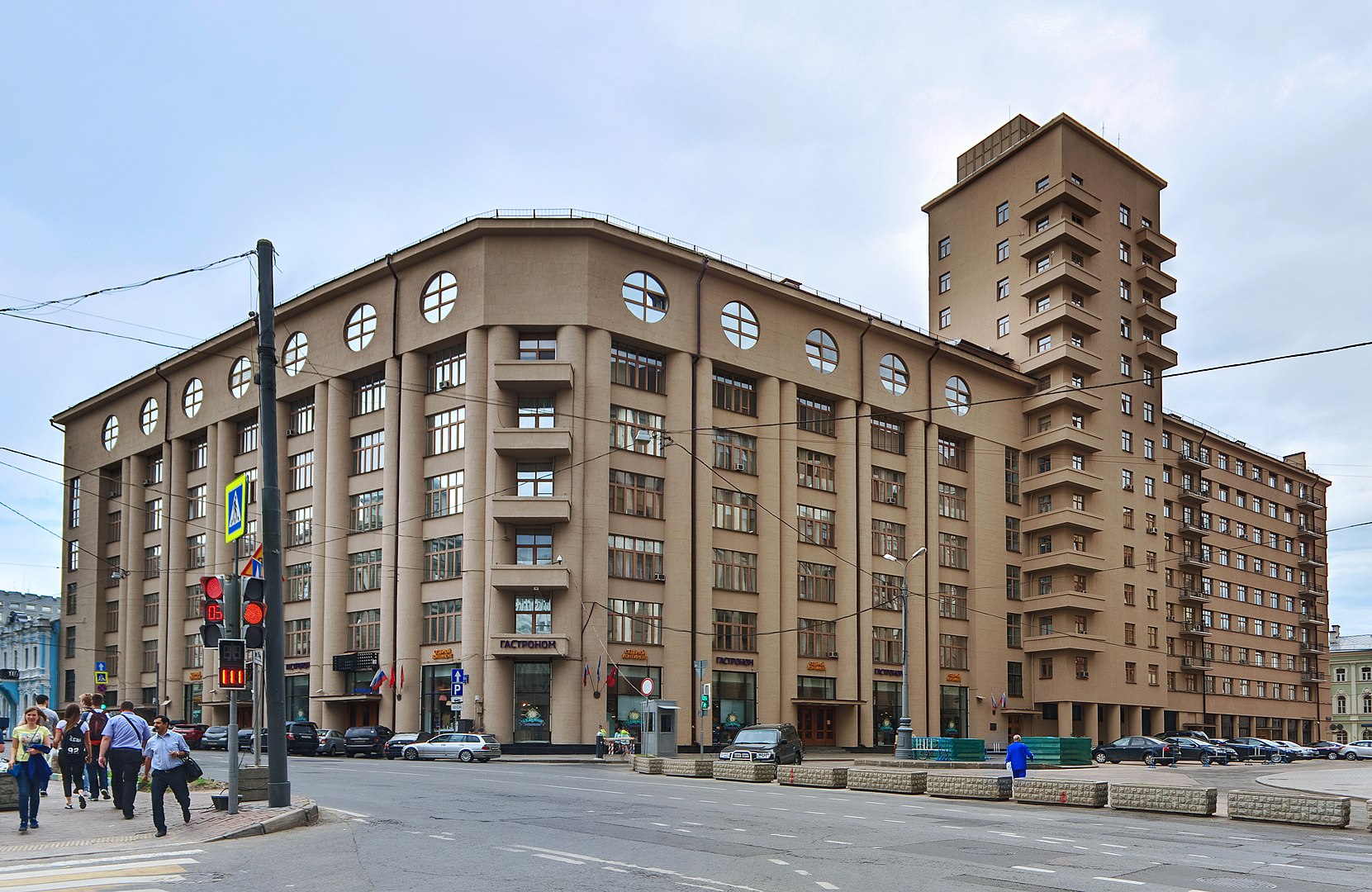
Dorkhimzavod Club
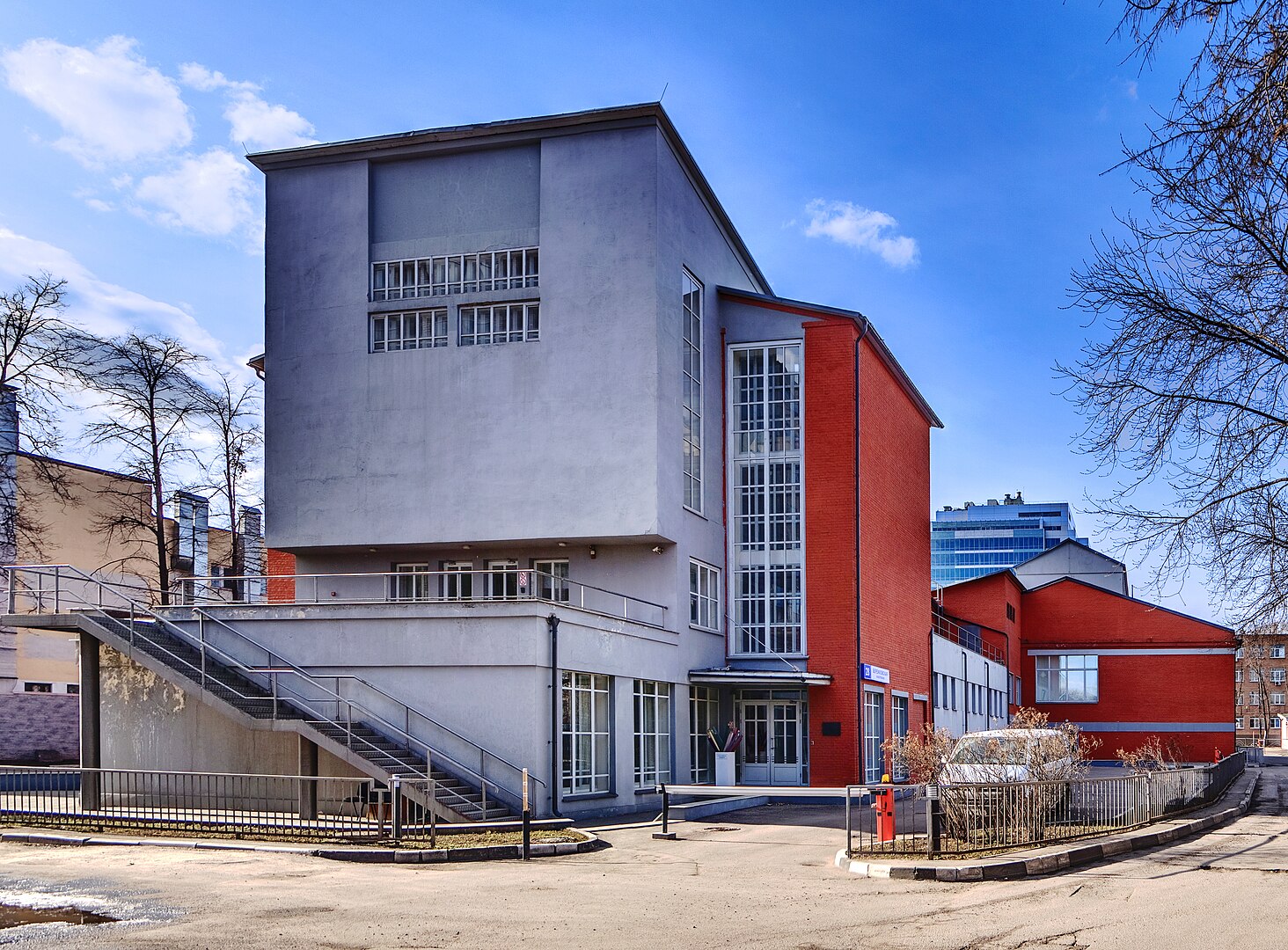
Hotel Iset
Ekaterinbug
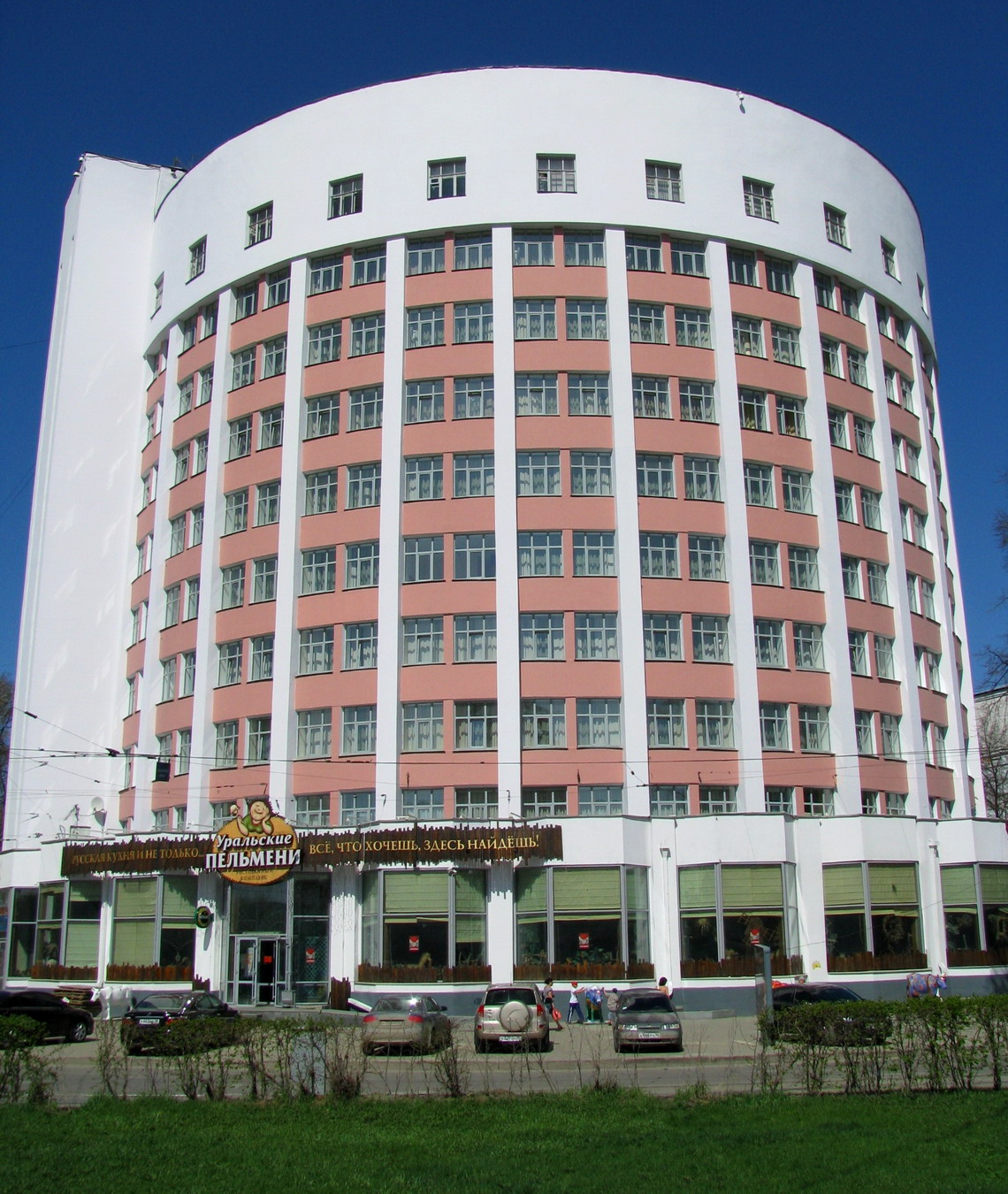
House on the Embarkment
Moskow
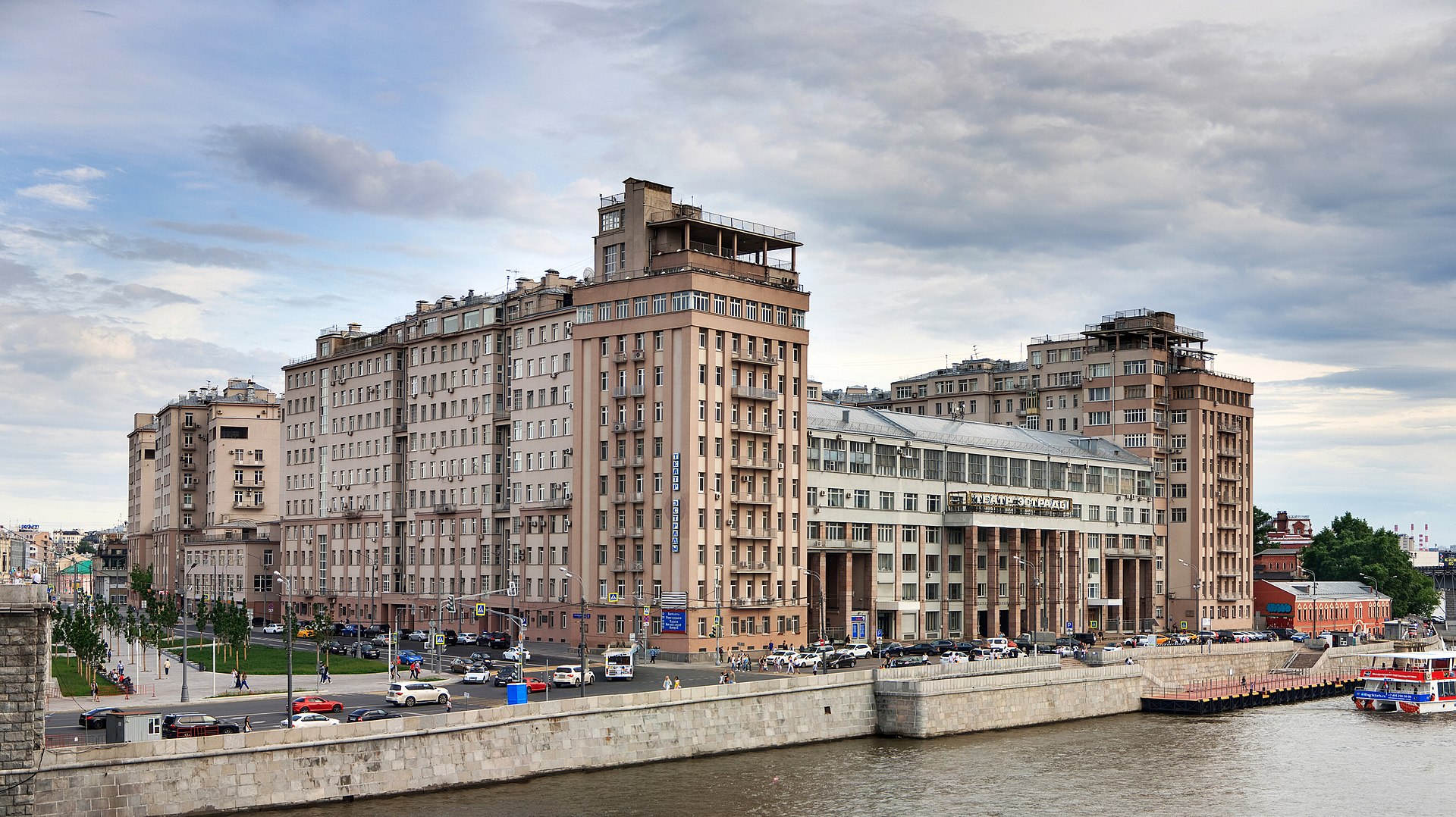
Izvertia Building
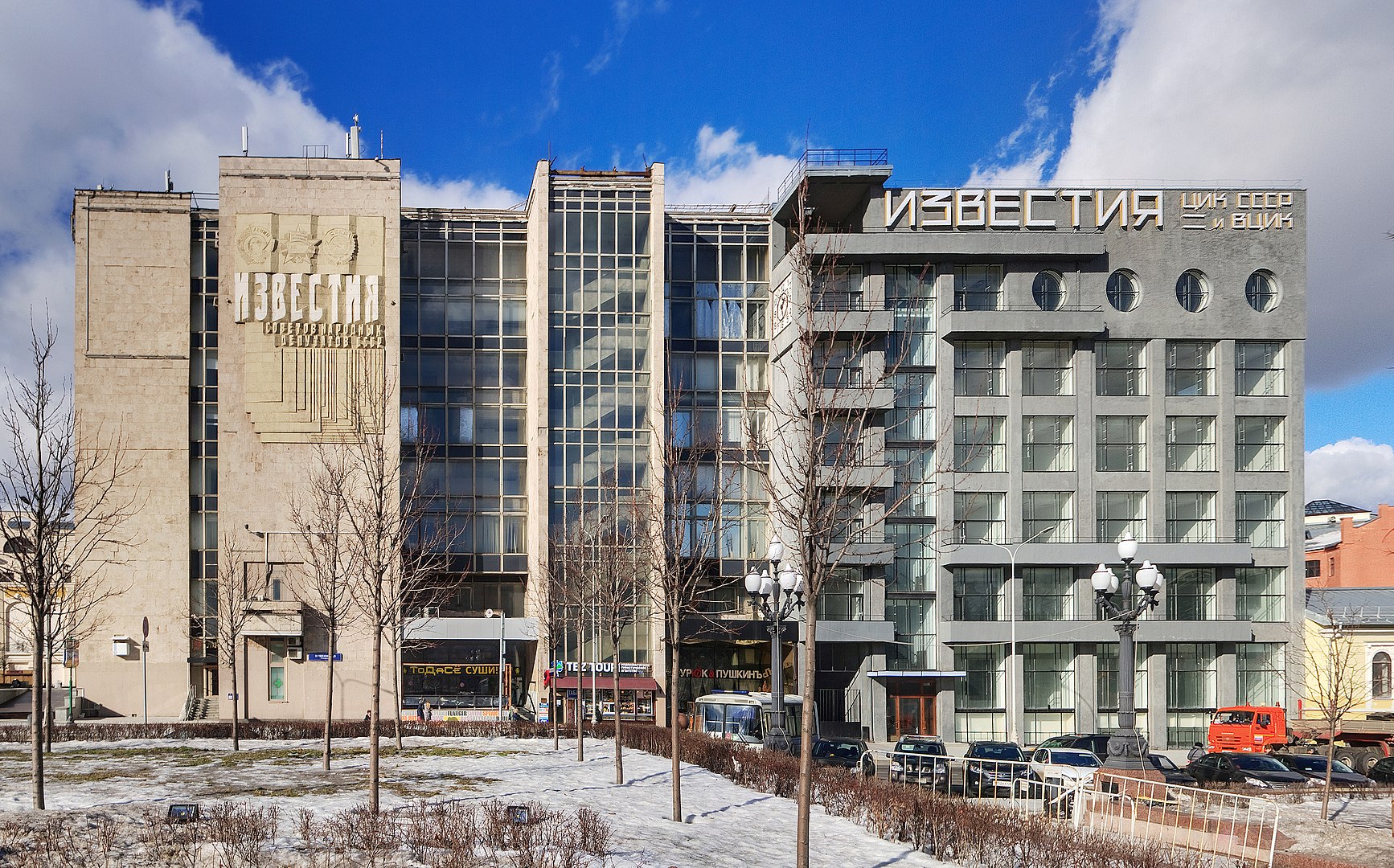
Kauchuk Facotry Club
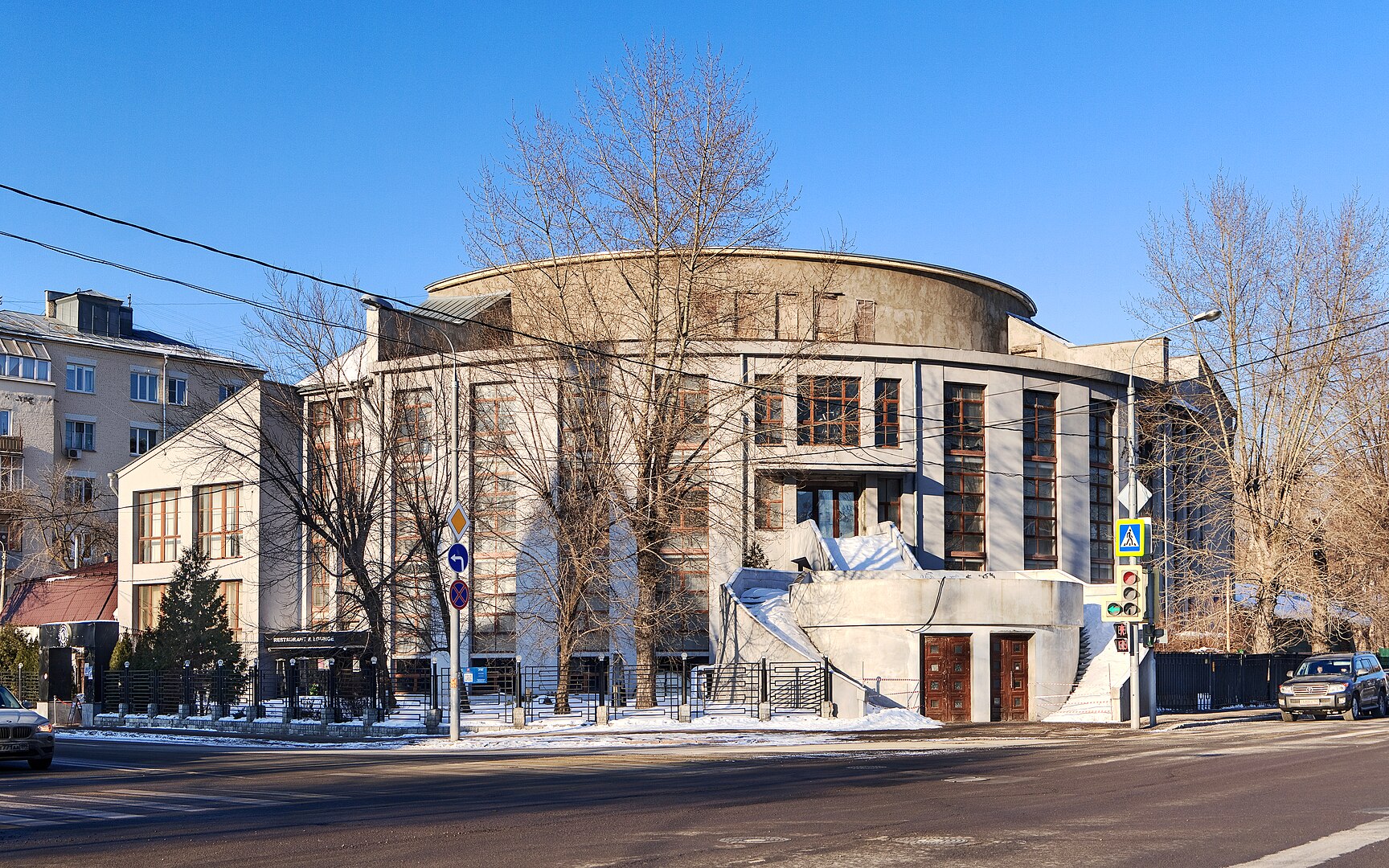
Maximgorky Theatre
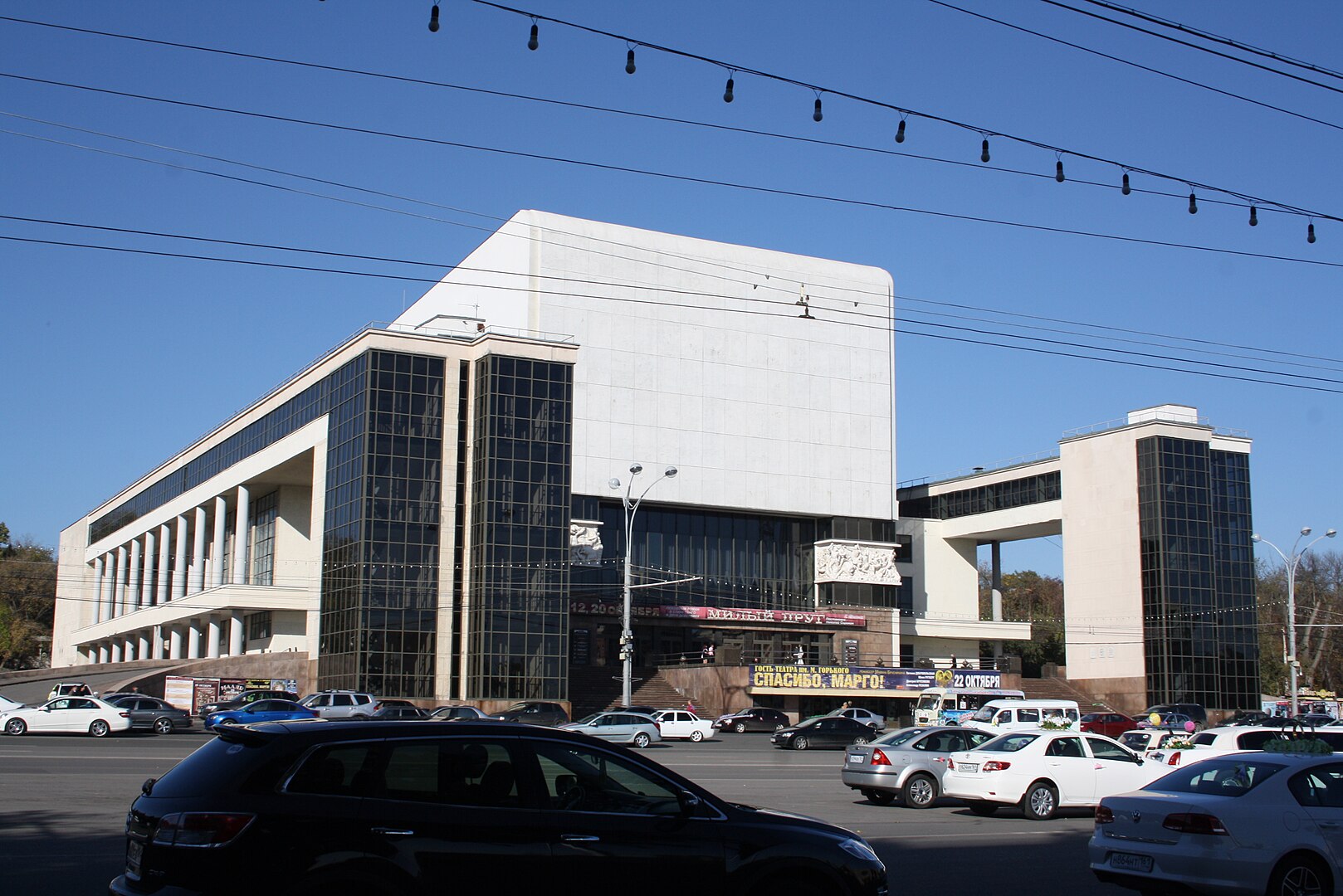
Melnikov House
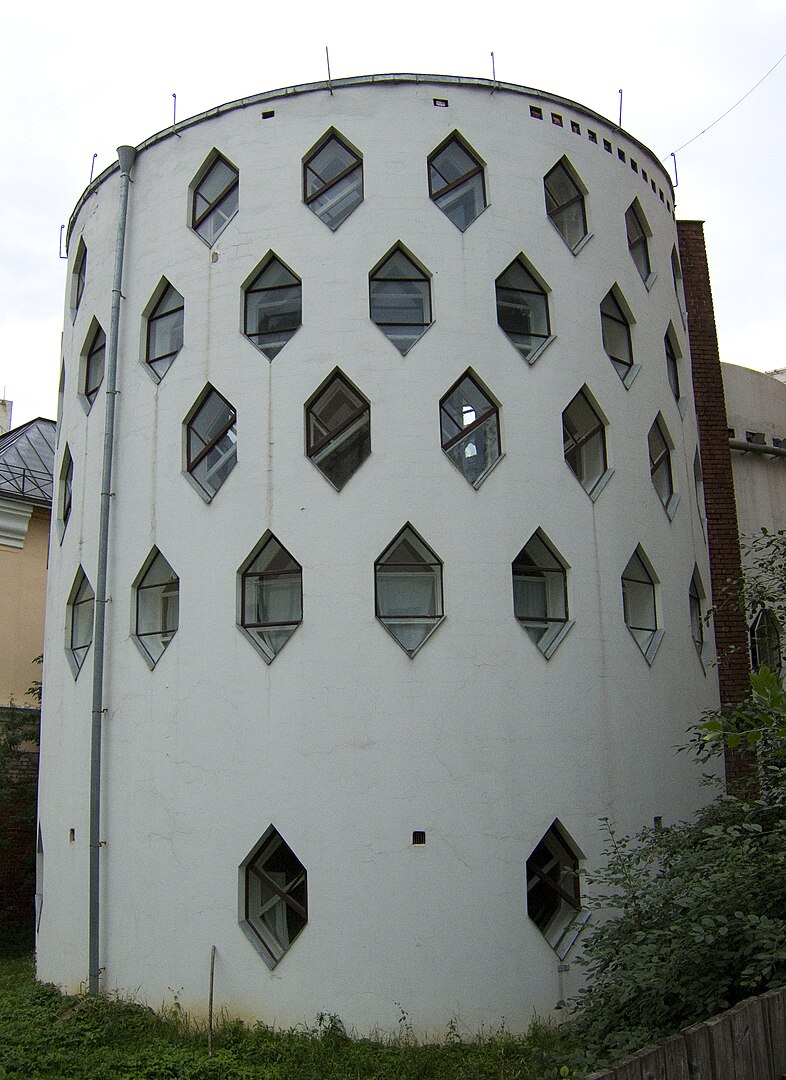
Narkomzem
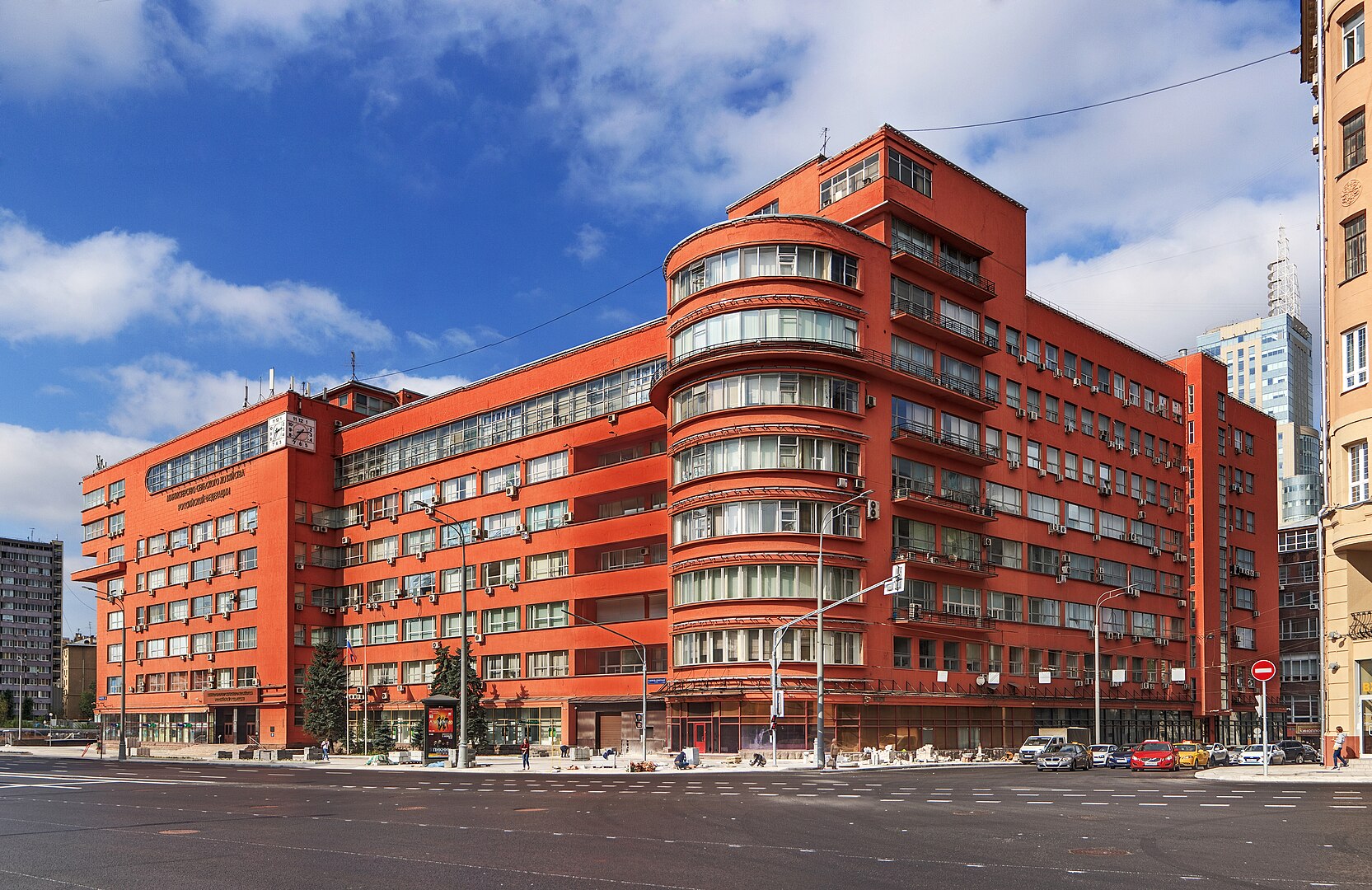
Red Banner Textile Factory
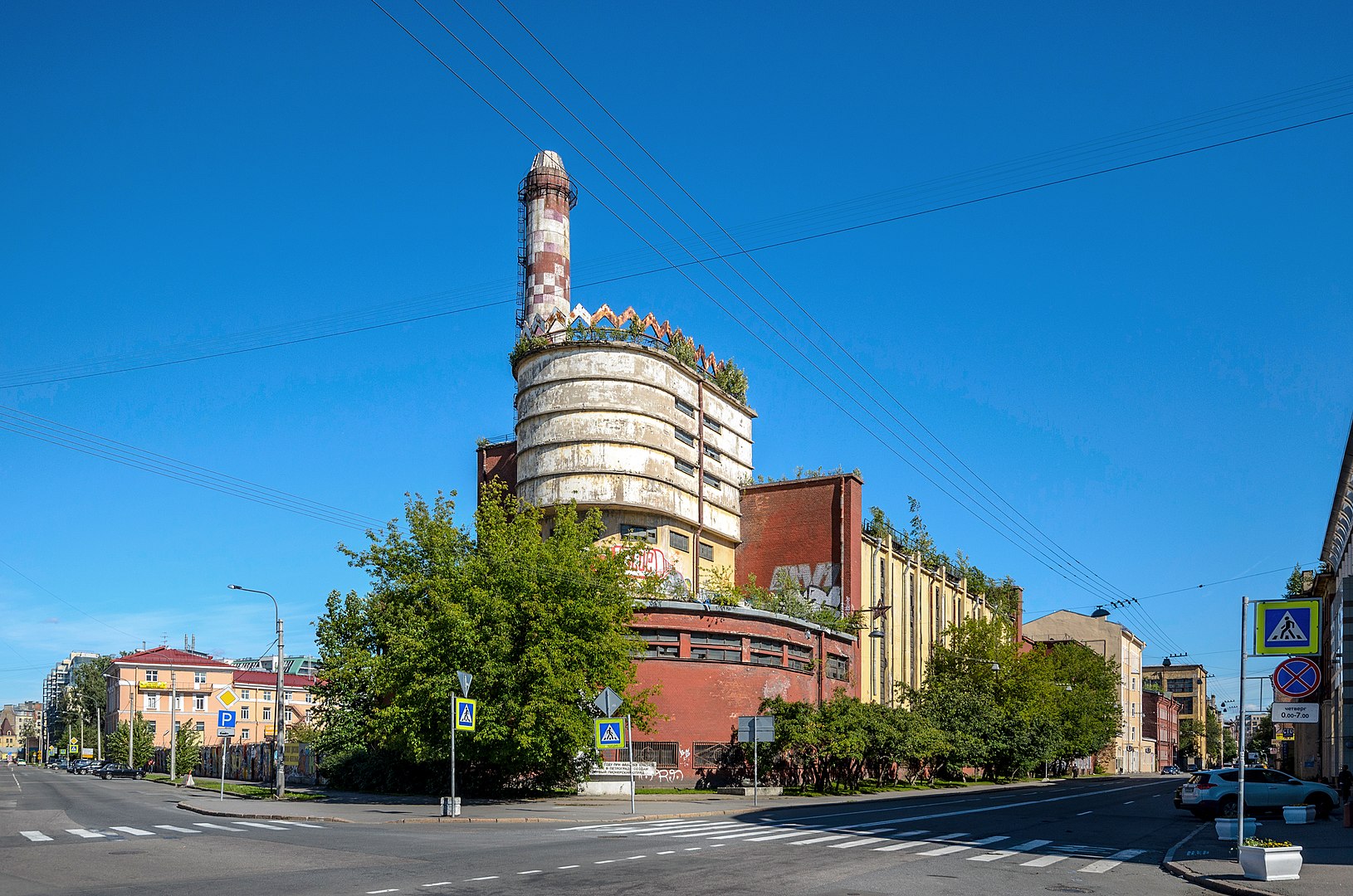
Rusakov Workers Club
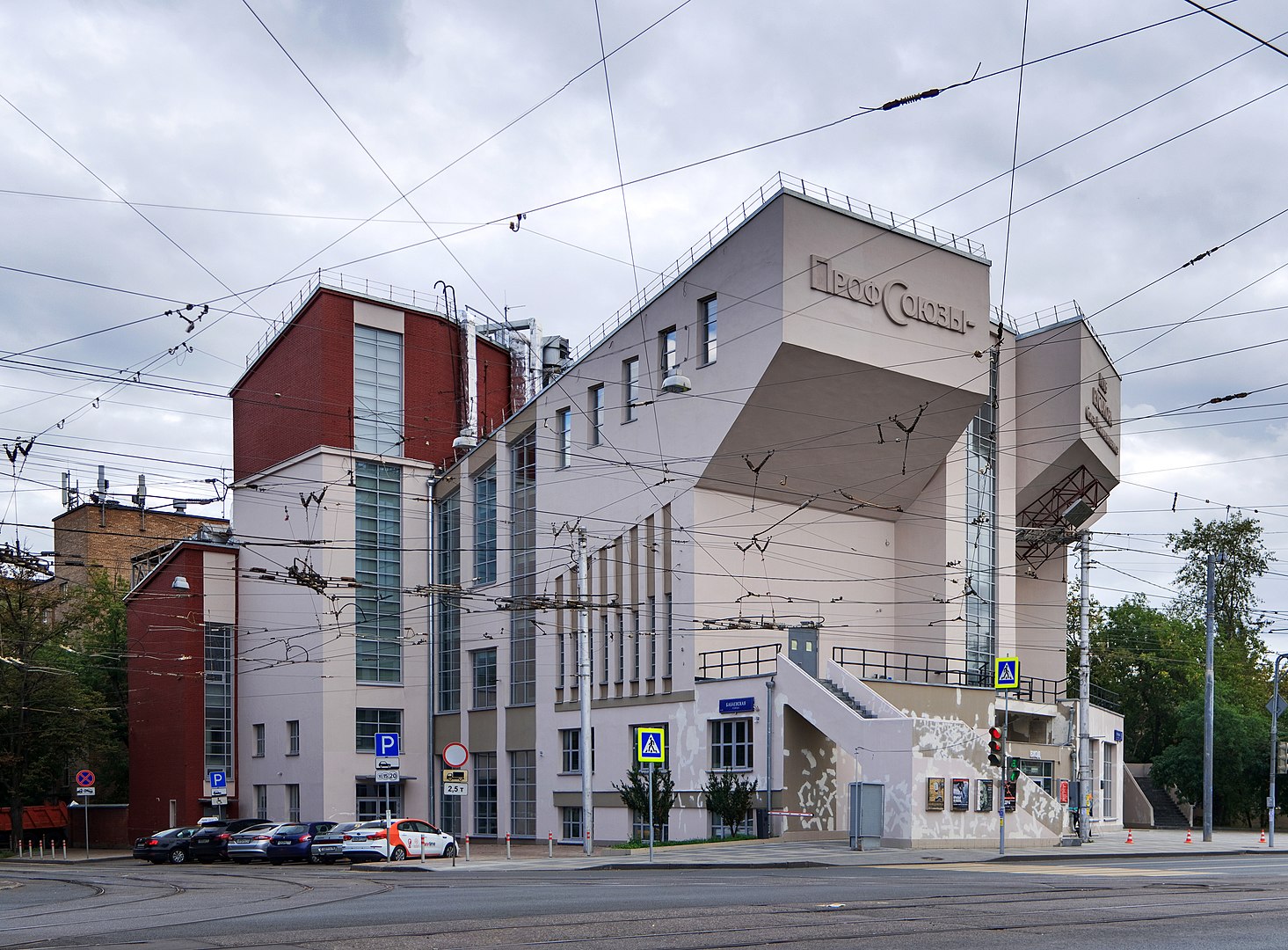
Shukhov Tower
Moscow
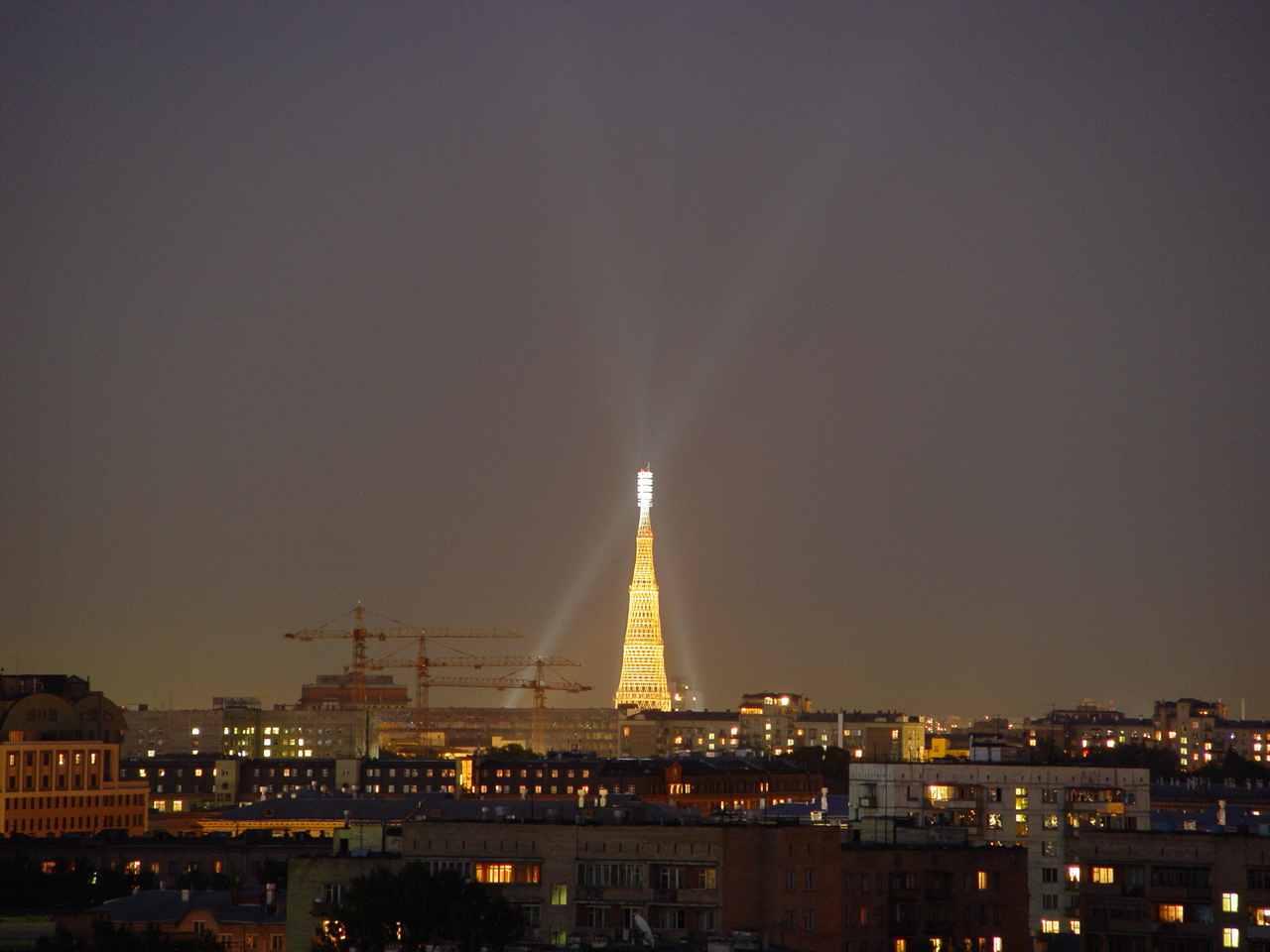
Svibida Factory Club
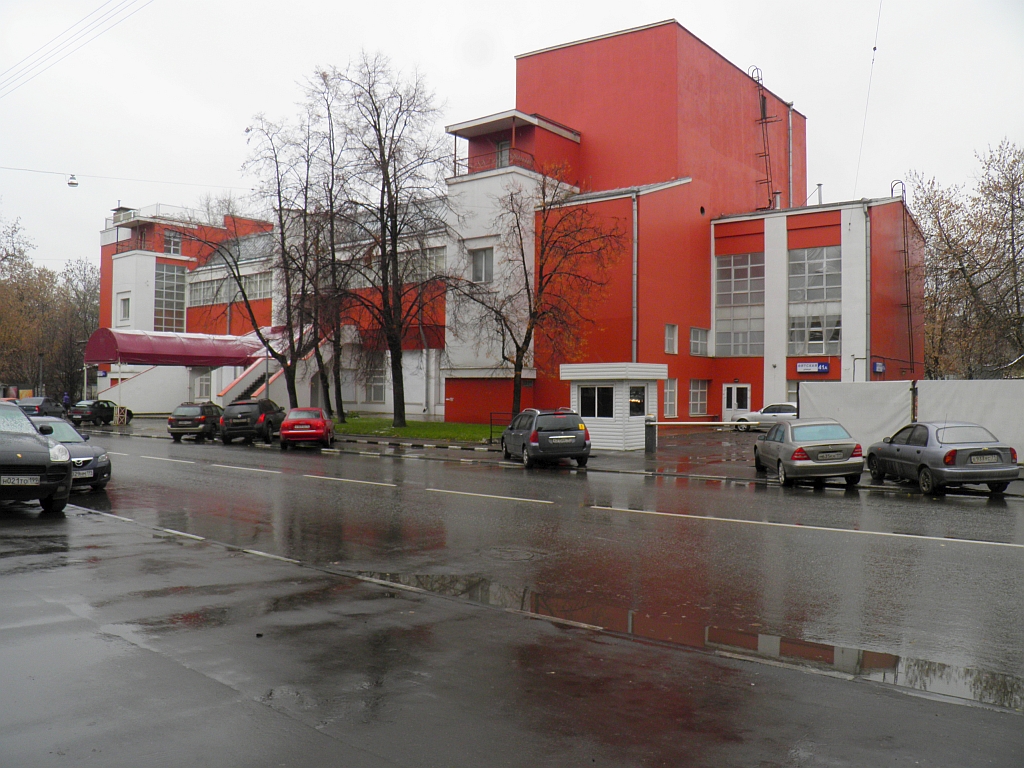
Tsentrosoyuz Building
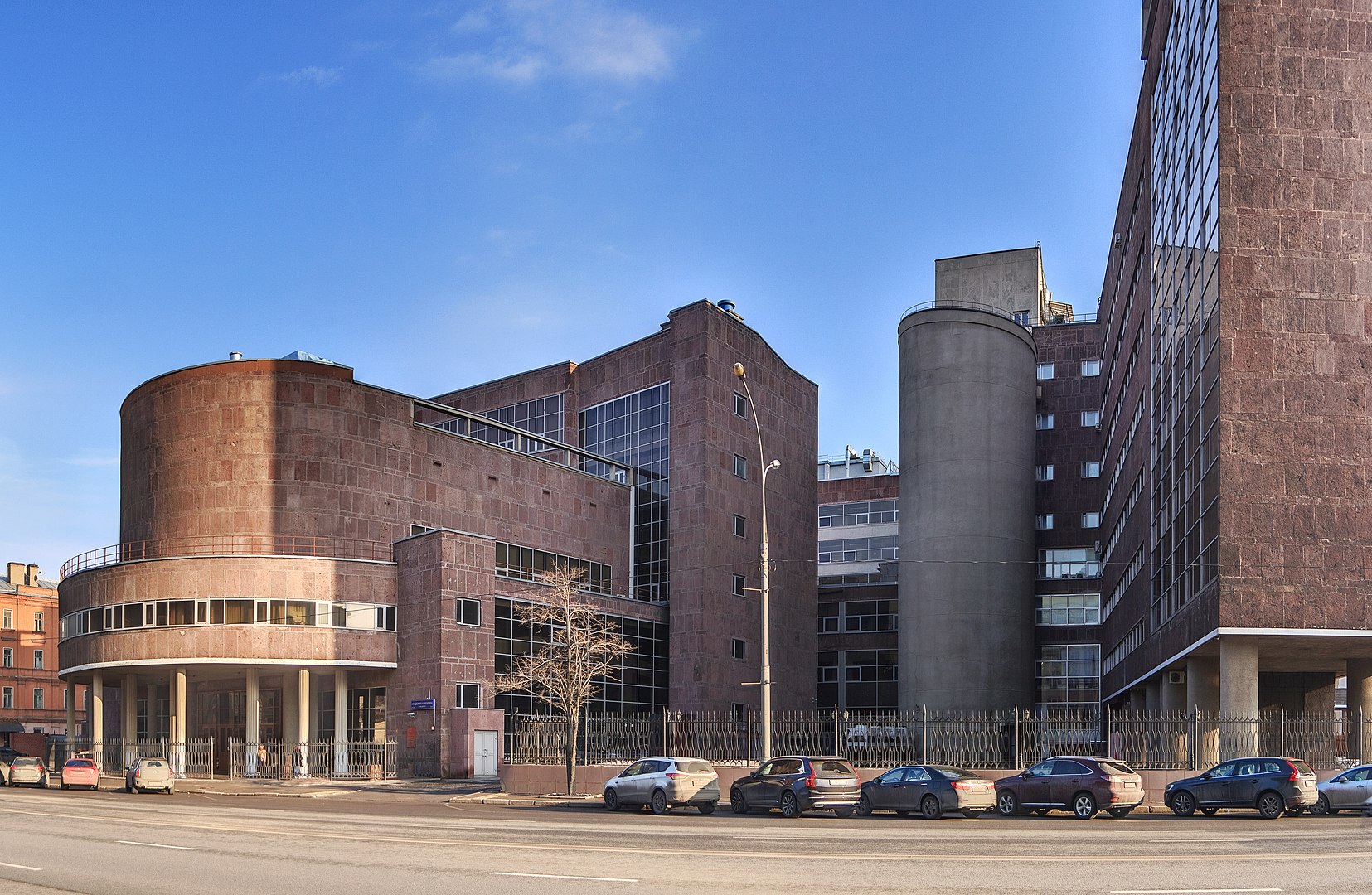
Zuev Workers Club
